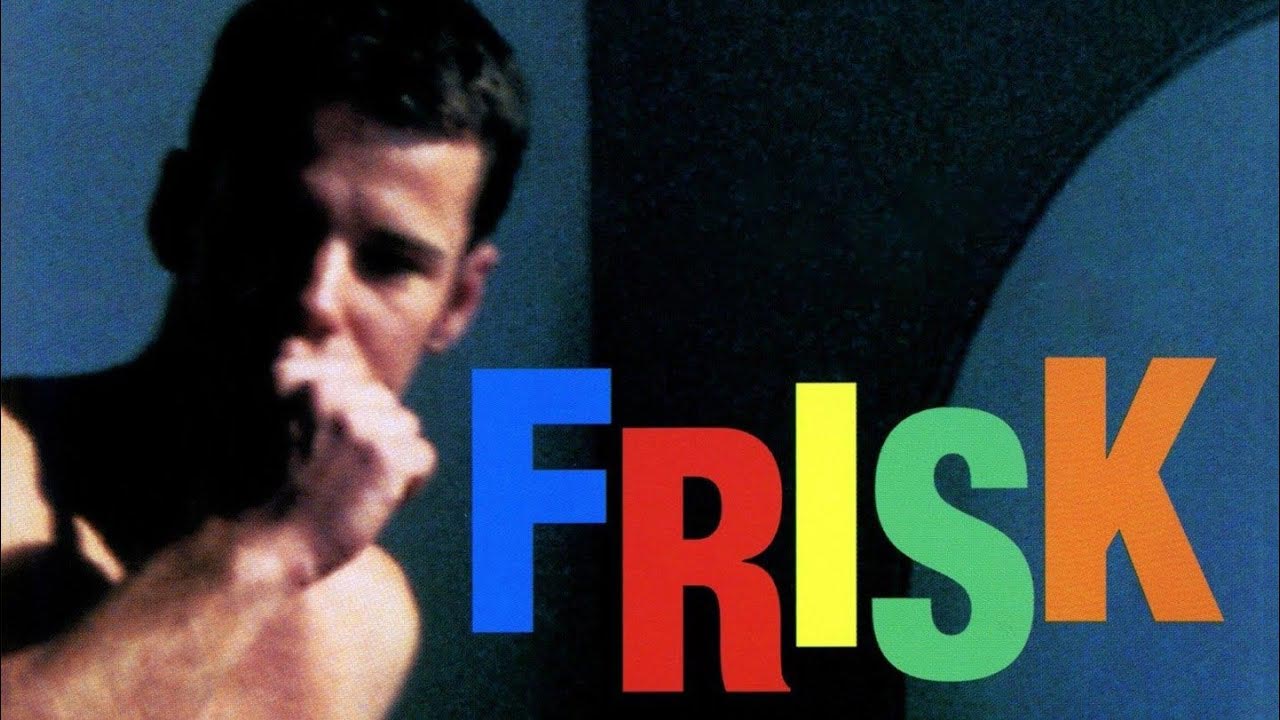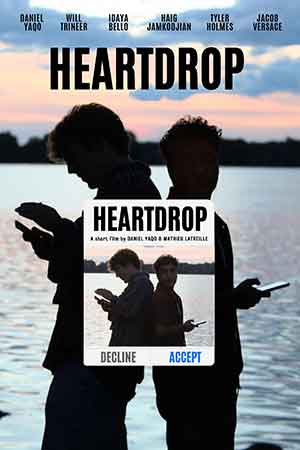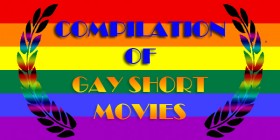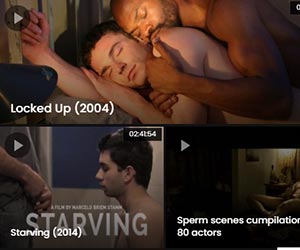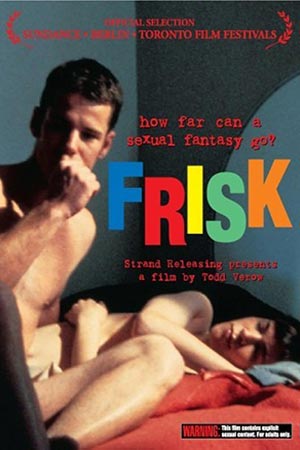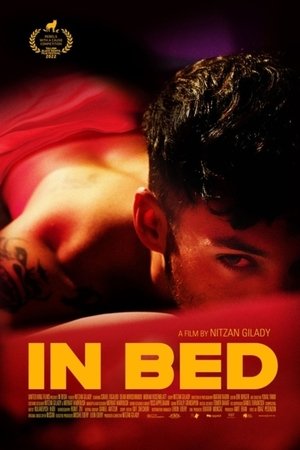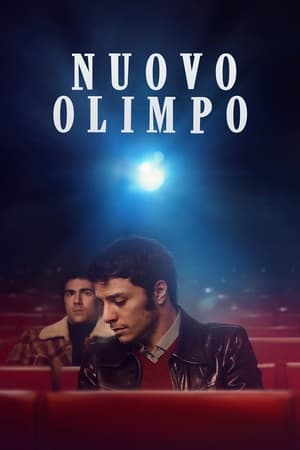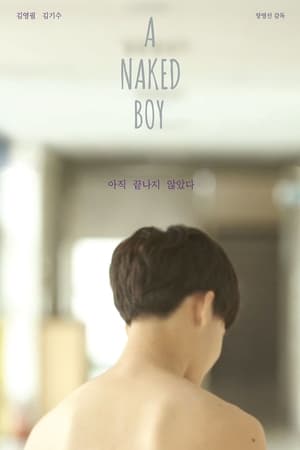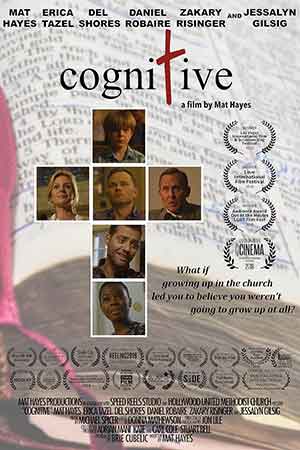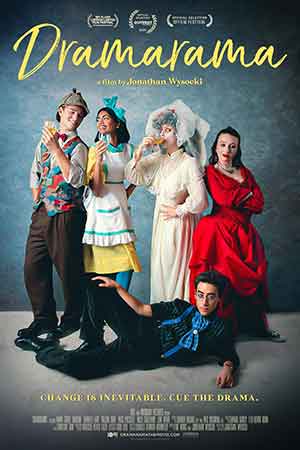“Frisk,” directed by Todd Verow and based on the novel by Dennis Cooper, is a controversial exploration of violent homosexual fantasies and the intersection of sexuality, desire, and violence within the LGBTQ+ community. The film, initially met with fury upon its screening at the 19th San Francisco International Lesbian and Gay Film Festival in 1996, has since sparked debates and discussions surrounding its themes and portrayal of queer identities.
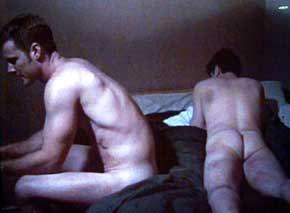 The story follows Dennis (Michael Gunther), a young man whose fascination with gay porn and snuff imagery leads him down a dark path of sexual exploration and obsession. His encounters with masochist Henry (Craig Chester) and the discovery of a kindred spirit in Julian (Jaie Laplante) propel him deeper into a world of sado-masochism and violent fantasies.
The story follows Dennis (Michael Gunther), a young man whose fascination with gay porn and snuff imagery leads him down a dark path of sexual exploration and obsession. His encounters with masochist Henry (Craig Chester) and the discovery of a kindred spirit in Julian (Jaie Laplante) propel him deeper into a world of sado-masochism and violent fantasies.
From its opening scenes, “Frisk” confronts viewers with graphic imagery and unsettling themes, challenging conventional notions of desire and sexuality. The film’s depiction of unsafe sex and its connection to the AIDS crisis of the time adds another layer of complexity to its narrative, invoking discomfort and controversy among audiences.
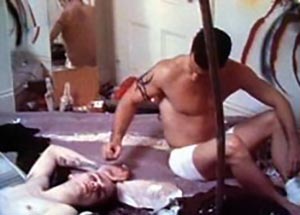 However, “Frisk” is not simply a sensationalistic portrayal of taboo subjects. It is situated within the context of ’90s New Queer Cinema, alongside films like “Poison” and “Swoon,” which sought to challenge stereotypes and renegotiate representations of queer identities on screen. Through its unflinching exploration of desire and violence, “Frisk” confronts audiences with uncomfortable truths about the complexities of human sexuality and the ways in which it intersects with power, control, and morality.
However, “Frisk” is not simply a sensationalistic portrayal of taboo subjects. It is situated within the context of ’90s New Queer Cinema, alongside films like “Poison” and “Swoon,” which sought to challenge stereotypes and renegotiate representations of queer identities on screen. Through its unflinching exploration of desire and violence, “Frisk” confronts audiences with uncomfortable truths about the complexities of human sexuality and the ways in which it intersects with power, control, and morality.
The performances in “Frisk” vary in quality, with standout moments from Parker Posey in a memorable cameo as a willing participant in orgiastic murder. However, it is the film’s raw and uncompromising vision that leaves the most lasting impression. Todd Verow’s direction, coupled with a striking industrial score by Coil, creates an atmosphere of unease and tension that lingers long after the credits roll.
In retrospect, “Frisk” challenges viewers to reconsider their preconceptions and expectations of queer cinema. Its depiction of taboo subjects may have sparked outrage upon its release, but it also serves as a testament to the power of cinema to provoke thought and discussion. “Frisk” may not be an easy watch, but its bold exploration of desire, violence, and identity makes it a film worth engaging with, even decades after its initial release.


